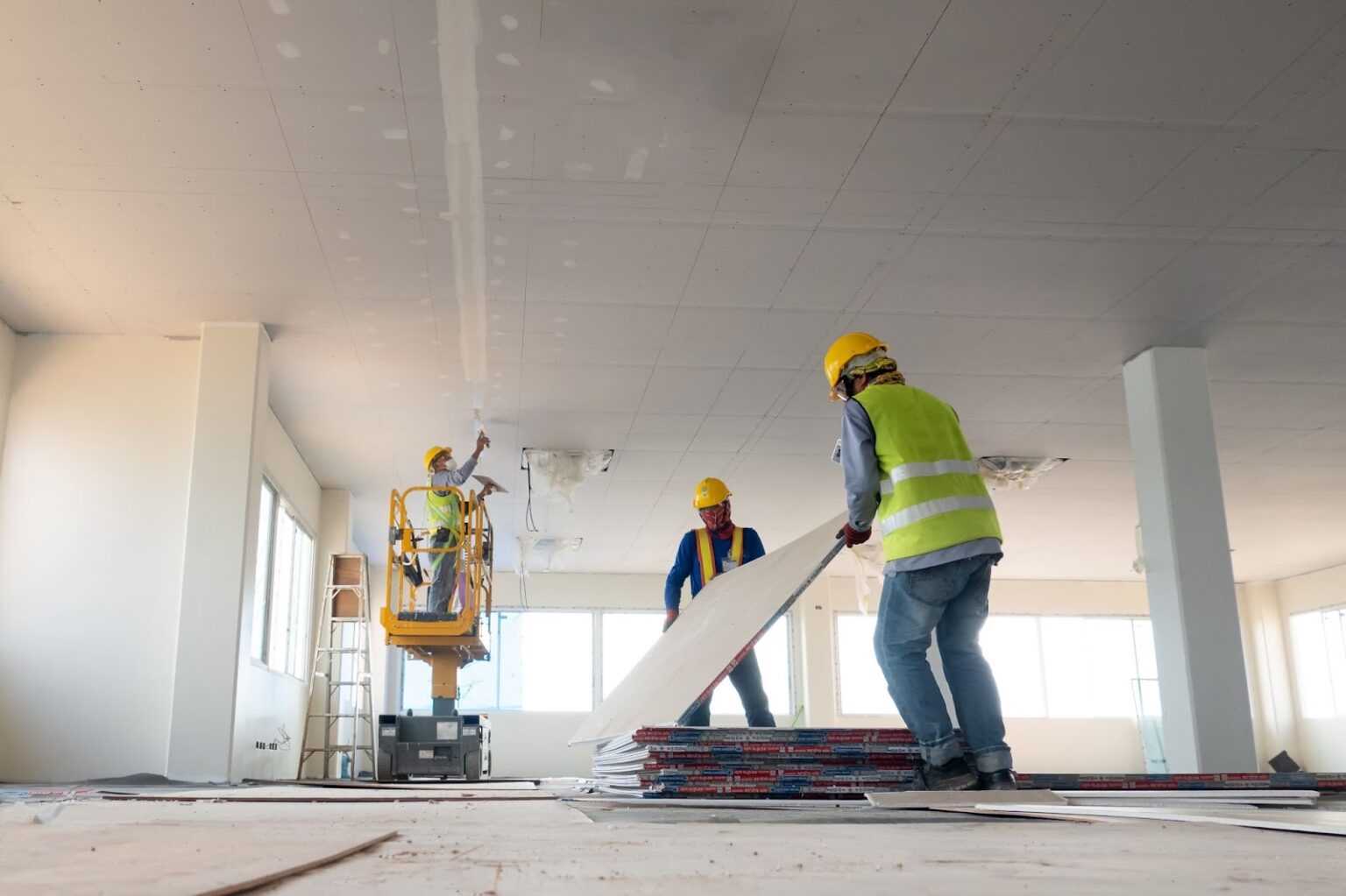In the realm of industrial materials, steel has long been the go-to choice for its strength and durability. However, in recent years, a challenger has emerged – GRP (Glass Reinforced Plastic) grating and profiles. This versatile composite material is gaining traction across various sectors, from construction to manufacturing, offering a range of benefits that are reshaping traditional industries.
High Strength and Durability
One of the primary reasons for the growing popularity of GRP grating and profiles is their exceptional strength-to-weight ratio. Unlike steel, which is heavy and prone to corrosion, GRP is lightweight yet remarkably robust. This inherent strength makes GRP an ideal choice for applications where weight is a concern, such as elevated walkways, bridges, and platforms.
Key Benefits:
Flexibility in Design: GRP profiles and grating can be easily moulded into various shapes and sizes during the manufacturing process, providing flexibility in design options.
Chemical Resistance: GRP is resistant to a wide range of chemicals, making it suitable for use in environments where exposure to corrosive substances is common.
Corrosion Resistance
One of the most significant drawbacks of steel is its susceptibility to corrosion, especially in harsh environments such as coastal areas or chemical processing plants. GRP, on the other hand, is virtually immune to corrosion, making it an attractive alternative for industries where durability is paramount. Whether exposed to salt water, chemicals, or extreme weather conditions, GRP grating and profiles maintain their structural integrity over time.
Additional Benefits:
Low Maintenance: GRP requires minimal maintenance compared to steel, saving both time and money over the long term.
Long Lifespan: GRP grating and profiles have a long lifespan, reducing the need for frequent replacements and associated costs.
High Versatility
Another key advantage of GRP is its versatility. Unlike steel, which often requires welding and cutting to fit specific applications, GRP grating and profiles can be easily moulded into various shapes and sizes during the manufacturing process. This flexibility allows for the creation of customised solutions tailored to the unique needs of different industries. From intricate architectural designs to complex industrial components, GRP offers unparalleled design freedom.
Safety Features
Safety is a top priority in any industrial setting, and GRP grating and profiles excel in this regard. Unlike metal alternatives, GRP does not conduct electricity, making it ideal for use in electrical substations or areas where the risk of electrical hazards is present. Additionally, GRP is non-slip, even in wet or oily conditions, reducing the likelihood of slips, trips, and falls in the workplace.
Environmental Sustainability
In an era where sustainability is increasingly important, GRP stands out as an eco-friendly alternative to traditional materials like steel. GRP is made from recycled materials and can be fully recycled at the end of its lifespan, minimising environmental impact. Furthermore, its lightweight nature reduces transportation costs and carbon emissions, making it a greener choice for construction and manufacturing projects.
Cost-Effectiveness
While the initial cost of GRP grating and profiles may be slightly higher than steel, the long-term savings are significant. Due to its corrosion resistance and low maintenance requirements, GRP offers lower lifecycle costs compared to steel, which often requires regular painting and repair to prevent rust. Additionally, the lightweight nature of GRP reduces installation time and labour costs, further enhancing its cost-effectiveness.
In Conclusion…
The rise of GRP grating and profiles marks a paradigm shift in traditional industries. With their superior strength, durability, versatility, and safety features, GRP is redefining the standards for industrial materials.
As sustainability becomes increasingly important, the eco-friendly attributes of GRP further cement its position as the material of choice for the future. Whether in construction, manufacturing, or infrastructure development, GRP is proving that it’s more than just an alternative – it’s a power competitor.


